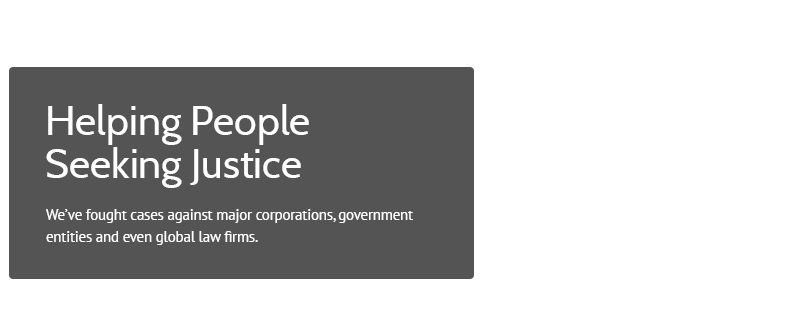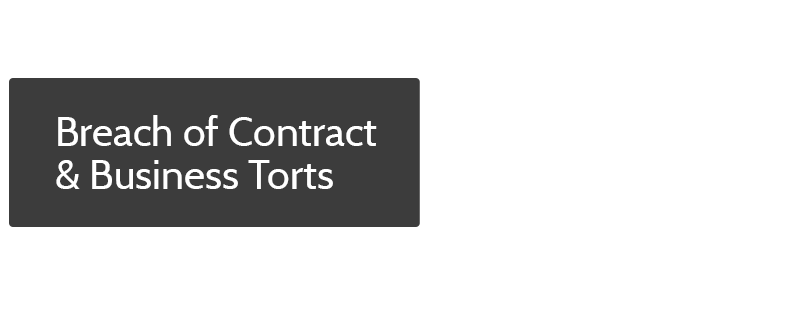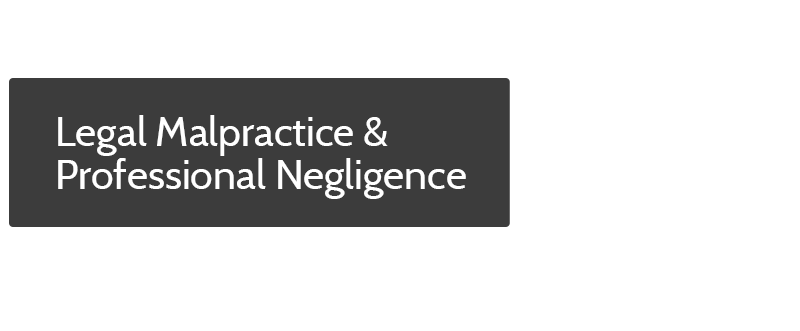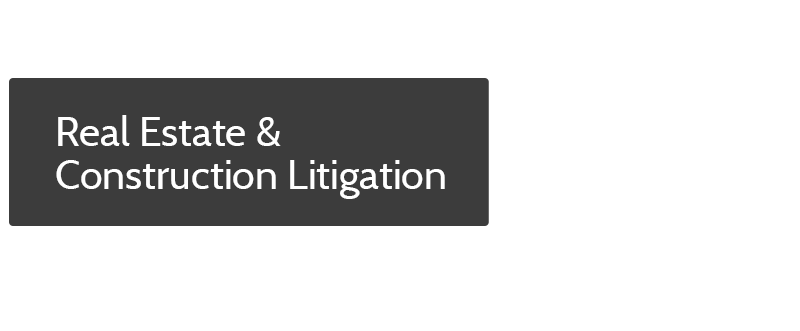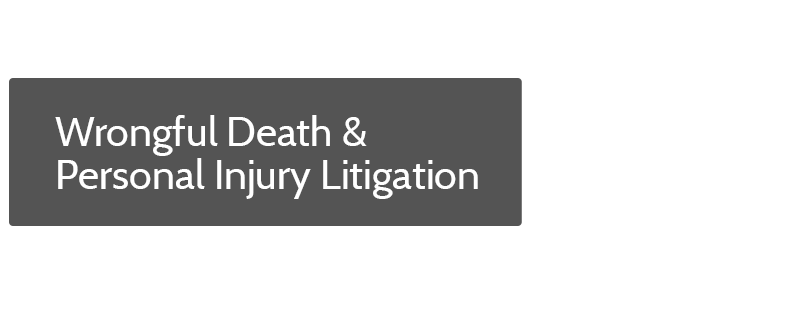Suing A Government Entity For Hazardous Property Conditions
WHAT IS AN ACTIONABLY DANGEROUS CONDITION ON PUBLIC PROPERTY?
In order to sue a government entity for injuries or other damages caused by hazardous conditions on public property, or property owned by the government entity, the plaintiff must prove (among other things) that the property was in a dangerous condition at the time the plaintiff suffered injury.
Although this may seem logical, and many plaintiffs might argue that the occurrence of damage “proves” the property was hazardous at the time of injury, this isn’t enough to prevail. Plaintiffs must prove that the property in question existed in a legally-recognized “dangerous condition” as required by the Government Code.
For this type of lawsuit, “dangerous condition” means a condition or use of property that:
1. Creates a substantial risk of injury;
2. When the property is being used with due care; AND
3. When the property is being used in a reasonably foreseeable condition.
All three elements are required, and the “dangerous” condition must be a physical characteristic of the property itself. California courts have held that conditions like increased traffic speeds along a road are not a physical characteristic of the property sufficient to support a finding of a “dangerous condition.” Instead, the property generally must be hazardous due to a defect, derelict condition, or physical damage. Property can also be dangerous due to the government’s failure to repair or prevent danger created by conditions created on the property.
As often occurs in the law, the dangerous condition cannot be due to a minor or trivial hazard. “Trivial” conditions, even if responsible for serious injuries, generally are not sufficient to create liability in a public entity defendant.
People who suffer injuries on public property, or property owned by a government entity, should carefully document the condition and consult an attorney promptly for an evaluation of their rights and claims. While lawsuits against government entities often require additional formalities, and may be more complex, than claims against private defendants, people injured by hazardous conditions on property owned by the government still should obtain an individual evaluation of their rights as soon as possible after the injury.
Delay could cost you legal rights, and possibly your right to recover for your injuries.
***
Disclaimer: THIS ARTICLE IS FOR INFORMATIONAL PURPOSES ONLY, AND DOES NOT CONSTITUTE LEGAL ADVICE OR CREATE AN ATTORNEY-CLIENT RELATIONSHIP BETWEEN THE AUTHOR AND ANY PERSON. Your rights and experiences may vary. Never use an online article (including this one) to evaluate your legal claims. Speak with an experienced lawyer promptly to obtain a personalized evaluation of your claims, possible damages, and options. You may lose or compromise your rights if you delay in consulting legal counsel. Negligence and premises liability claims are complicated and fact-dependent. If you believe you have a claim against a property owner who permitted or failed to repair a dangerous condition, or any other type of legal claim, consult an experienced lawyer immediately for an evaluation of your possible rights and claims.




